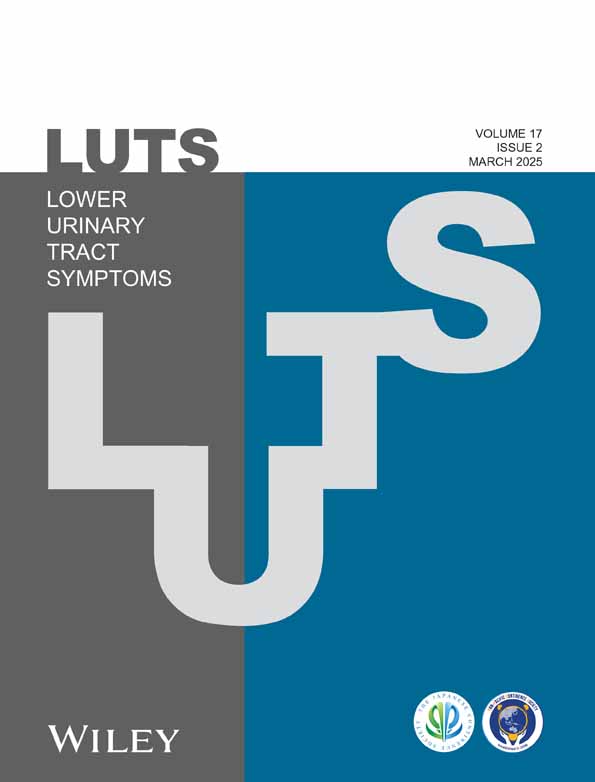Predictors of Care-Seeking Behavior for Treatment of Urinary Incontinence in Men
Funding: This work was supported by The NYU Langone Health Department of Urology funded the analysis of the data. The survey conducted by NAFC was sponsored by the Allergan Foundation and Astellas.
ABSTRACT
Objective
To determine factors associated with care-seeking in males with urinary incontinence (UI).
Methods
A cross-sectional study was performed using the National Association for Continence (NAFC) sponsored adult patient-reported survey data from November 2018 to January 2019. Descriptive statistics, chi-squared test, and multivariate logistic regression were used to identify factors associated with care-seeking behavior.
Results
Four hundred and forty-six men completed the survey during the study period. 84% of care-seeking men had initiated the discussion with their doctor about their UI, with 57% initially seeing their primary care provider. Statistically significant predictors of care-seeking were greater UI frequency (OR 1.68, CI 1.22–2.33), UI duration (OR 2.91, CI 1.88–4.65), cost of UI management (OR 1.53, CI 1.12–2.10), and comfort discussing UI (OR 2.83, 1.41–5.87). The top reasons cited for not seeking care for UI were embarrassment (29%) and the sentiment that UI is just a normal part of aging (22%). Non-care-seeking men were more likely to have their UI associated with feelings of shame and isolation.
Conclusions
The majority of men who sought care for UI initiated the conversation with their PCP. Men with longer UI duration, higher UI frequency, higher cost expenditure on UI management, and those who felt comfortable discussing their UI were more likely to seek care.
Conflicts of Interest
The authors declare no conflicts of interest.
Open Research
Data Availability Statement
The data that support the findings of this study are available from National Association for Continence. Restrictions apply to the availability of these data, which were used under license for this study. Data are available from the author(s) with the permission of National Association for Continence.




